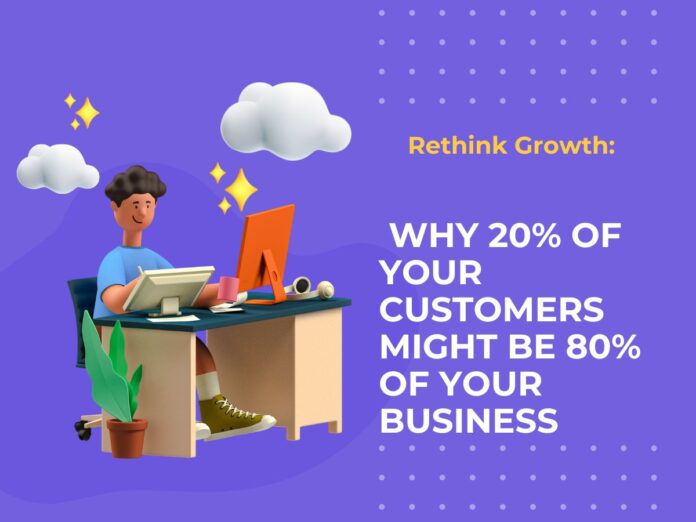Traditional marketing has long focused on maximizing sales volume to drive revenue. But today, that approach is losing steam. With rising competition, cautious consumer behavior, and increasing acquisition costs, the smartest businesses are shifting their focus: from more customers to the right customers.
This is where Customer Lifetime Value (CLV) becomes a game-changer.
Though CLV has been around for decades, only a small percentage of marketers use it as a central metric. That’s changing fast—thanks to modern AI and data tools that make it easier to identify high-value customers and act on those insights.
Why CLV Matters More Than Ever
CLV looks beyond a customer’s first purchase and considers the value they bring over the long term. If the 80/20 rule applies to your business, it means just 20% of your customers may be driving 80% of your revenue. The question is: are you doing enough to find and retain them?
Instead of casting a wide net, businesses are now focusing on attracting and nurturing customers who are most likely to be profitable over time.
Build on First-Party Data
A CLV-driven strategy begins with understanding your existing high-value customers using your first-party data.
Rather than trying to turn every new buyer into a top spender, focus on identifying those who already show potential for high long-term value. Then, guide them with thoughtful engagement: encourage repeat purchases, prevent churn, and foster loyalty.
Three Steps to a CLV Strategy:
-
Identify your most valuable customers
Use data to find common patterns in your top-performing customer group—demographics, behaviors, purchase patterns. This creates the foundation for smarter acquisition strategies. -
Create a high-value audience list
Segment and organize your best customers into a “VIP list” that can guide both new customer acquisition and retention strategies. -
Leverage AI and automation to scale
Use value-based bidding and predictive tools to prioritize customers who resemble your most profitable ones. This ensures your budget is spent attracting and retaining the right people—not just anyone.
Retention Is the Real Growth Driver
Once you’ve attracted high-value customers, the next step is cultivating their loyalty. That doesn’t mean blanket upselling or aggressive cross-promotion. In fact, pushing irrelevant offers can reduce profitability.
Instead, use your data to understand what truly drives profitable behavior. Whether it’s app engagement, multi-channel interaction, or specific purchase patterns, focus on encouraging those habits—and avoid investing in customers who return products frequently or only buy during deep discounts.
Just a 2% increase in retention can deliver the same impact as cutting costs by 10%.
Prevent Churn and Win Back Value
Retaining loyal customers is key—but so is re-engaging those who’ve gone quiet. Use tailored win-back campaigns to reach lapsed customers who once showed strong potential. When designed strategically, these efforts can significantly boost your bottom line.
source- Google










